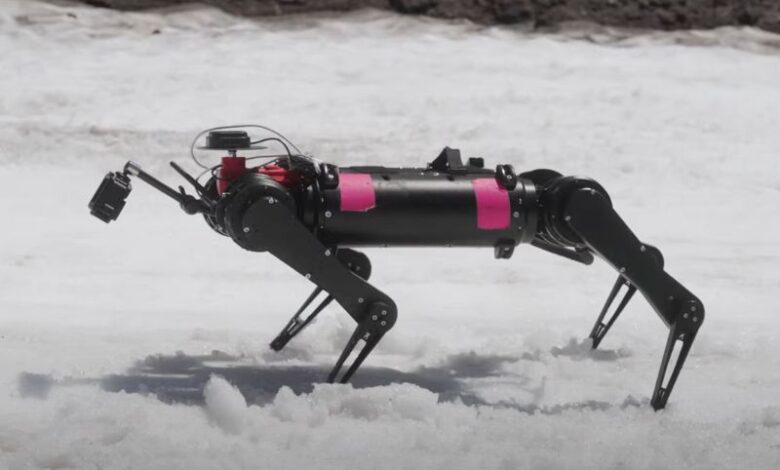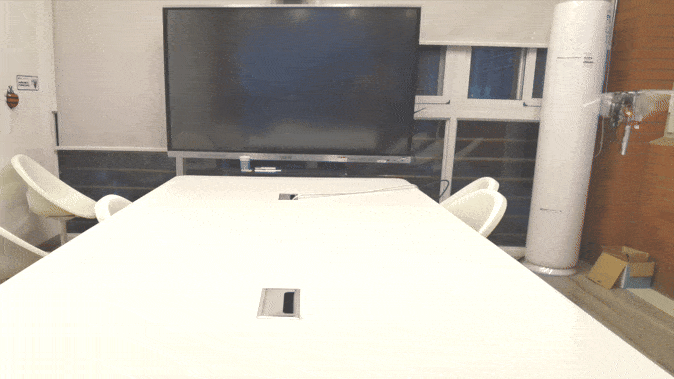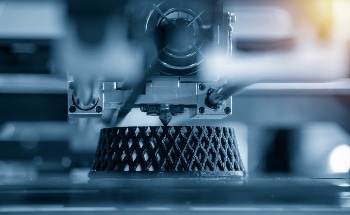Crazy strong robotic dogs gear up for moon mission

In the shadow of Oregon’s majestic Mount Hood, a team of researchers from a consortium of universities and NASA’s Johnson Space Center have embarked on a groundbreaking project. Their mission? To prepare a dog-like robot named Spirit for the daunting task of navigating the moon’s unpredictable terrain.
GET SECURITY ALERTS, EXPERT TIPS – SIGN UP FOR KURT’S NEWSLETTER – THE CYBERGUY REPORT HERE
Spirit’s rigorous training regime
During a rigorous five-day testing period in the summer of 2023, Spirit faced a gauntlet of challenges. The quadruped robot, equipped with spindly metal legs, traversed shifting earth, mushy snow, and rocky obstacles. “A legged robot needs to be able to detect what is happening when it interacts with the ground underneath and rapidly adjust its locomotion strategies accordingly,” explains Feifei Qian, the project lead from the USC Viterbi School of Engineering.
SUIT UP FOR THE STARS: SPACEX’S NEW ERA OF SPACE FASHION
The LASSIE Project: A leap towards planetary exploration
Spirit’s trials are part of the LASSIE Project (Legged Autonomous Surface Science in Analog Environments), a multidisciplinary effort that includes engineers, cognitive scientists, geoscientists, and planetary scientists. The team’s goal is to understand the characteristics of different substrates and enhance the robot’s ability to walk on these challenging surfaces.
<
HOW THE DREAM CHASER SPACEPLANE PLANS TO SHAKE UP SPACE TRAVEL IN THE FUTURE
From earth to moon: Preparing for the unknown
The footage captured at Mount Hood offers a glimpse into surreal environments that closely resemble other planets. These earthly trials provide Spirit with valuable learning experiences, preparing it for future explorations beyond our world.
ARE YOU READY TO TAKE THIS CRAZY RIDE TO OUTER SPACE IN AN 8 PASSENGER LUXURY BALLOON?
Collaborative robotics: The future of space exploration
Looking ahead, Qian’s team plans to develop more quadrupeds to advance their mission. With a $2 million grant from NASA, the TRUSSES Project (Temporarily, Robots Unite to Surmount Sandy Entrapments, Then Separate) aims to deploy groups of robots to the moon. These robots will share knowledge and form a map of locomotion risk estimation to aid in their planetary explorations.
Kurt’s key takeaways
The Palmer Glacier on Oregon’s Mount Hood isn’t the moon, but it’s an excellent place for practice. Here, Spirit and its future robotic companions learn to navigate extreme terrains, transforming into structures like bridges or pyramids to overcome obstacles. This research not only pushes the boundaries of technology but also inspires us to reimagine the possibilities of teamwork in the face of adversity.
What potential scientific discoveries do you believe legged robots could enable on celestial bodies that are currently inaccessible to wheeled rovers? Let us know in the comments below.
FOR MORE OF MY SECURITY ALERTS, SUBSCRIBE TO MY FREE CYBERGUY REPORT NEWSLETTER HERE
🛍️ SHOPPING GUIDES:
KIDS | MEN | WOMEN | TEENS | PETS |
FOR THOSE WHO LOVE:
COOKING | COFFEE | TOOLS | TRAVEL | WINE |
DEVICES:
LAPTOPS | TABLETS | PRINTERS | DESKTOPS | MONITORS | EARBUDS | HEADPHONES | KINDLES | SOUNDBARS | KINDLES | BLUETOOTH SPEAKERS | DRONES |
ACCESSORIES:
CAR | KITCHEN | LAPTOP | KEYBOARDS | PHONE | TRAVEL | KEEP IT COZY |
PERSONAL GIFTS:
PHOTOBOOKS | DIGITAL PHOTO FRAMES |
SECURITY
ANTIVIRUS | VPN | SECURE EMAIL |
CAN’T GO WRONG WITH THESE:



